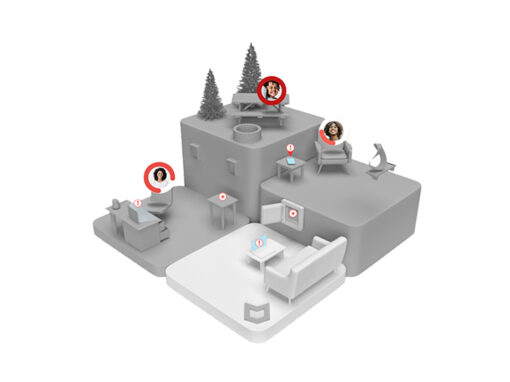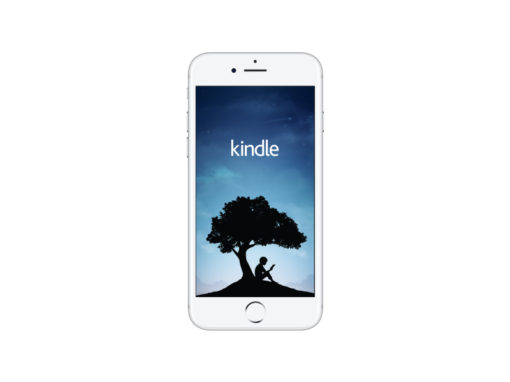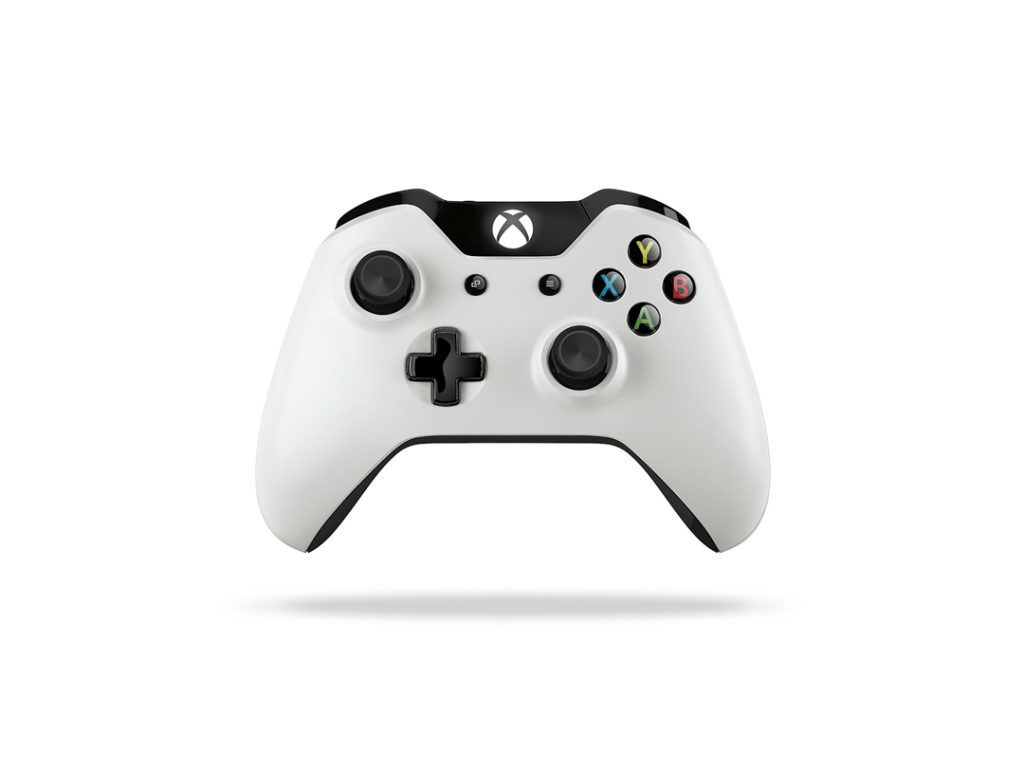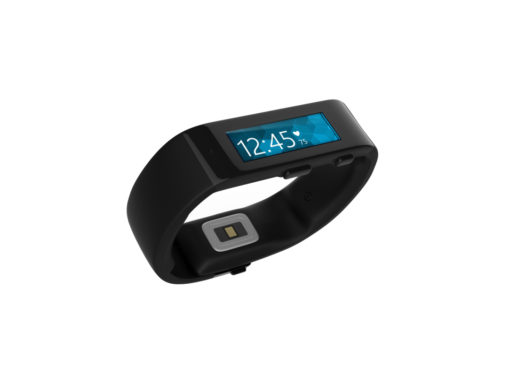The Challenge: Running the gauntlet
Before the iPad had shipped and become the iconic tablet experience, a small design team in Seattle’s Pioneer Square endeavored to build a “digital moleskin” dual-screen tablet experience. The challenge for the entire team was to get to market before the tidal forces against Courier overcame it.
The challenge for the motion interaction team specifically was creating a seamless two screen experience, creating meaningful animations that also instilled delight, and partnering with the engineering team to create a UI layer and scene graph that would be performant, afford multi-modal input, low latency, and was very thrifty on energy.
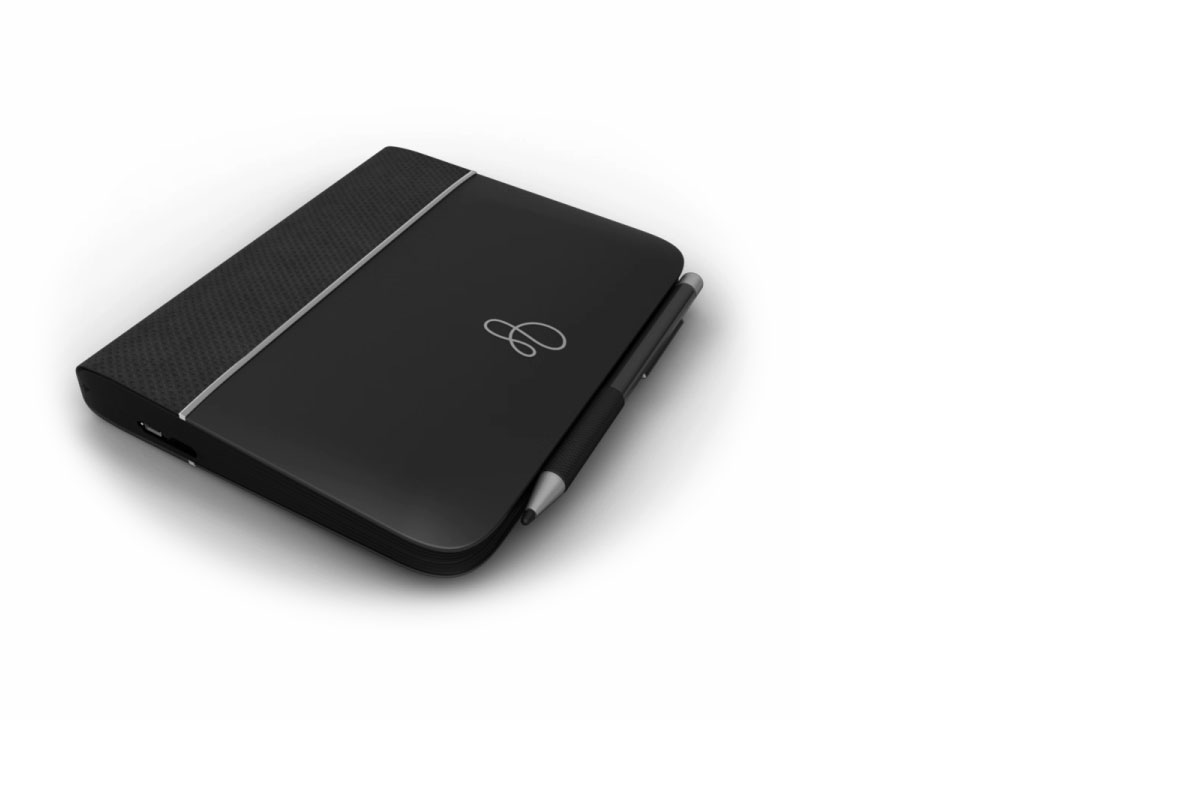
The Challenge: Running the gauntlet
Before the iPad had shipped and become the iconic tablet experience, a small design team in Seattle’s Pioneer Square endeavored to build a “digital moleskin” dual-screen tablet experience. The challenge for the entire team was to get to market before the tidal forces against Courier overcame it.
The challenge for the motion interaction team specifically was creating a seamless two screen experience, creating meaningful animations that also instilled delight, and partnering with the engineering team to create a UI layer and scene graph that would be performant, afford multi-modal input, low latency, and was very thrifty on energy.

The Approach
Free Create
A new graphics pipeline
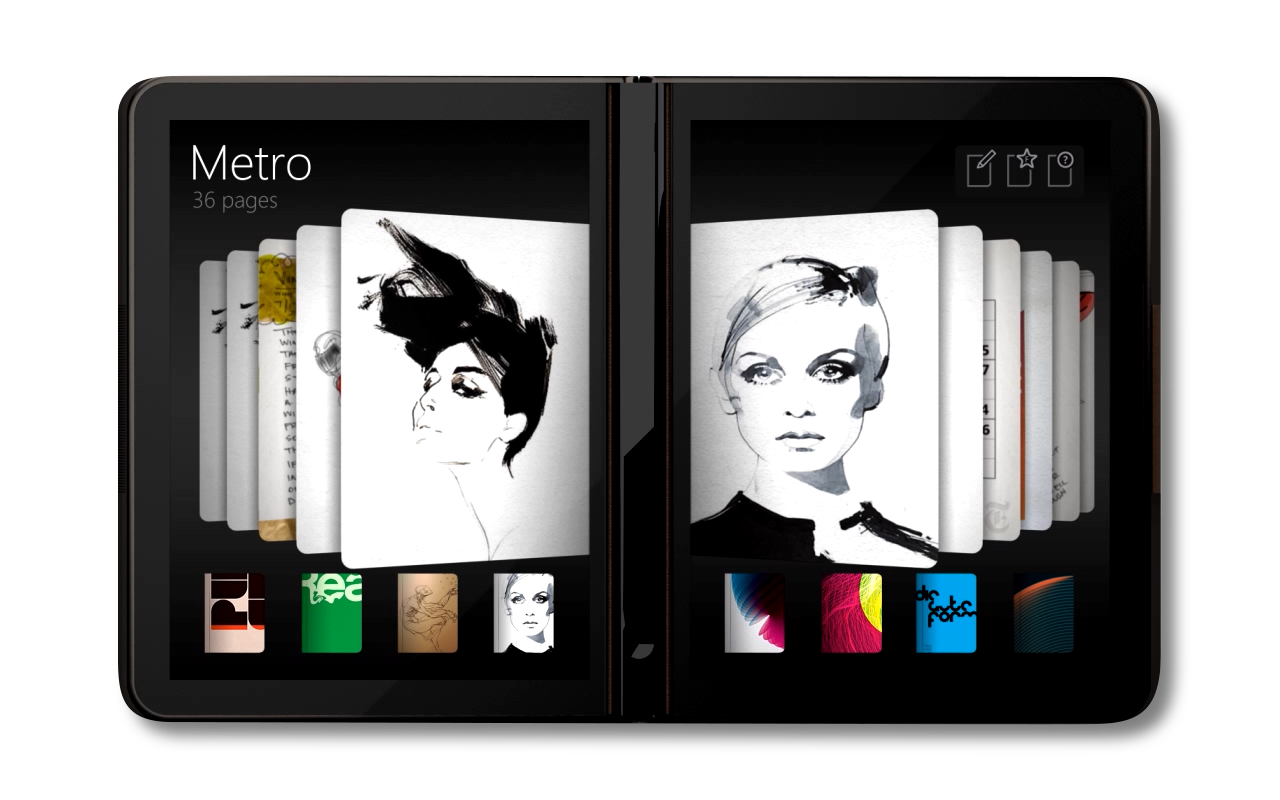
THE APPROACH
Free Create
A new graphics pipeline

Borrowing real world patterns
To unfetter the user from the cognitive load of managing the UX and navigation when in immersive “creative” mode, we strove to borrow real world concepts of page turns, flicks, flings, folds and other gestures to aid the user in his journey. These are some generalized, lower fidelity concepts in motion.Borrowing real world patterns
To unfetter the user from the cognitive load of managing the UX and navigation when in immersive “creative” mode, we strove to borrow real world concepts of page turns, flicks, flings, folds and other gestures to aid the user in his journey. These are some generalized, lower fidelity concepts in motion.The Outcome
Courier met its end in April 2010 when Microsoft chose not to continue with the project. We had assembled a brilliant team of designers, software engineers, industrial designers, and mechanical engineers. While extremely disappointed in the outcome, many team members went on to innovate both inside Microsoft and in startups.
The essence of Courier lives on in Paper, by FiftyThree, which was co-founded by several Courier principals who left Microsoft.
The Outcome
Courier met its end in April 2010 when Microsoft chose not to continue with the project. We had assembled a brilliant team of designers, software engineers, industrial designers, and mechanical engineers. While extremely disappointed in the outcome, many team members went on to innovate both inside Microsoft and in startups.
The essence of Courier lives on in Paper, by FiftyThree, which was co-founded by several Courier principals who left Microsoft.
